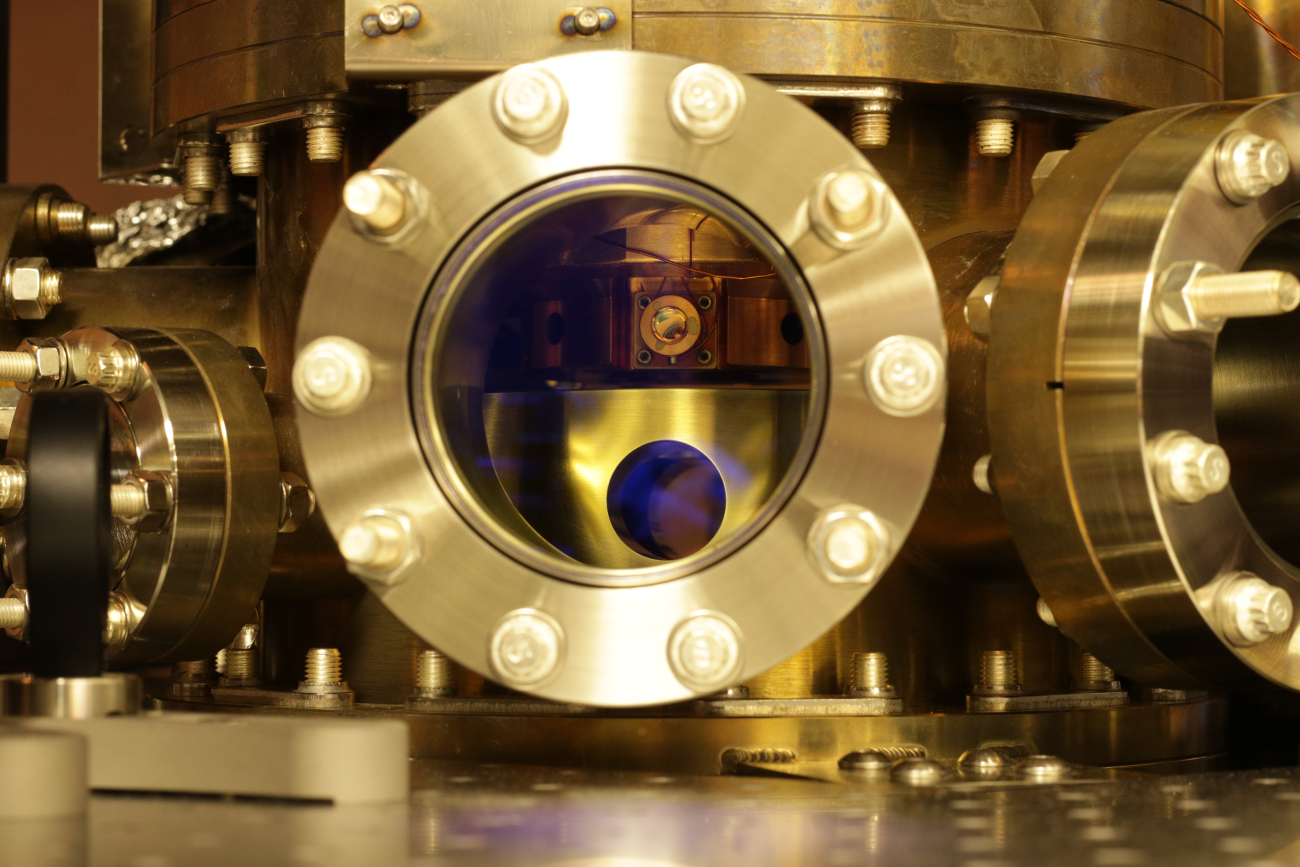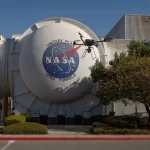JILA, established by NIST and the University of Colorado Boulder, has played a pivotal role in advancing precision timekeeping through optical atomic clocks. These devices achieve extraordinary time measurement accuracy by utilizing the fundamental properties of atoms. Despite their advancements, the precision of these clocks is limited by quantum projection noise (QPN), arising from the quantum nature of the atoms.
A team led by JILA and NIST Fellow Jun Ye, in collaboration with James K. Thompson, have made significant strides in overcoming these limitations. By employing a technique called spin squeezing, they have successfully generated quantum entanglement within atomic samples, significantly enhancing clock stability to a novel level of 10^-17 stability. This breakthrough, documented in Nature Physics, marks a first in achieving such precision with a spin-squeezed optical lattice clock, showcasing a direct comparison between two independently spin-squeezed ensembles and setting a new standard in the field of time measurement.
Read this JILA-authored article all about this innovative research in the realm of atomic clocks:
The development of these enhanced optical atomic clocks has far-reaching implications. Beyond the realm of timekeeping, they hold potential advantages for use in various scientific explorations, including testing fundamental physics principles, improving navigation technologies, and possibly contributing to the detection of gravitational waves. “Advancing optical clock performance up to, and beyond, the fundamental limits imposed by nature is already an interesting scientific pursuit,” explained JILA graduate student John Robinson, the paper’s first author. “When one considers what physics you can uncover with the improved sensitivity, it paints a very exciting picture for the future.”
Read the full JILA article here.






